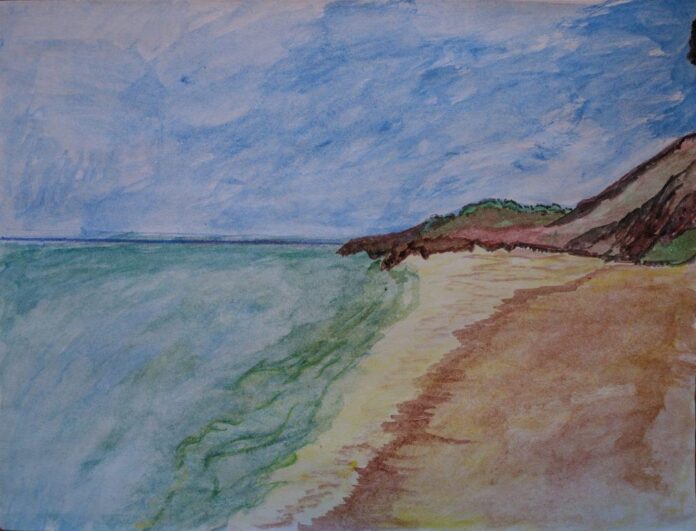Guantánamo Bay detainees can once again take their personal art with them when they depart the military prison, according to a new Pentagon policy.
According to a New York Times report, the Defense Department has reversed a Trump-era ban that disallowed the release of artworks made by prisoners in the facility, saying they were government property. Now, outgoing prisoners are allowed to take “a practicable quantity of their art” with them, lieutenant colonel Cesar Santiago, a Pentagon spokesperson, told the paper.
Santiago did not clarify what constitutes a “practicable quantity,” nor did he specify when the new policy was put in place. He did however note that the artworks are still considered to be ”property of the U.S. government.”
The ban on sharing Guantánamo art was put in place in late 2017, after an exhibition of sculptures and paintings made in the prison, called “Ode to the Sea,” opened at New York’s John Jay College of Criminal Justice. Each of the 36 artworks included in the show was screened and cleared by the military, and many were made available for purchase through the detainees’ respective lawyers.
But “Ode to the Sea” reportedly rankled members of the Pentagon, who said they “were not previously aware that detainee artwork was being sold to third parties.” The Department of Defense considered shutting the show down, and began to halt the dissemination of security-screened prisoner art to the public.

Art by detainee Mohamad Ansi is viewed on November 22, 2017 part of an exhibit from Guantanamo Bay, Cuba at John Jay College of Criminal Justice in New York. Photo credit should read TIMOTHY A. CLARY/AFP via Getty Images.
In April of the following year, a lawyer for one detainee, Ammar al-Baluchi, filed a motion to a military commission that claimed the art ban was a violation of the prisoner’s rights. A judge denied the motion a month later.
The topic was back in the news last October when seven former Guantánamo prisoners and one current detainee published an open letter urging President Biden to revoke the ban.
“Art from Guantánamo became part of our lives and of who we are,” the prisoners jointly wrote. “It was born from the ordeal we lived through. Each painting holds moments of our lives, secrets, tears, pain, and hope. Our artworks are parts of ourselves. We are still not free while parts of us are still imprisoned at Guantánamo.”
Then, in November, Special Rapporteurs for the United Nations wrote a letter of their own to Secretary of State Antony Blinken arguing that the ban “contravene[s] the rights to free artistic expression, to take part in cultural life, and to benefit from the protection of moral and material benefits resulting from artistic production.” The White House has not yet responded to the U.N. officials’ missive, per the Times.
The lifting of the ban comes as the Biden administration has quietly revamped efforts to close Guantánamo Bay, a controversial prison established in the aftermath of 9/11. Twenty of the 34 men currently detained in the facility have been cleared for transfer or repatriation.

























